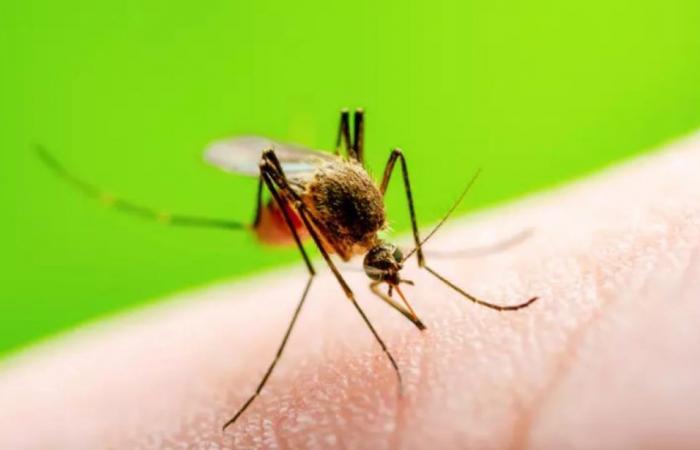In the department of Infectious, Tropical Diseases and Microbiology of the IRCCS Sacro Cuore Don Calabria in Negrar (Verona), the first case in Europe of Oropouche fever (an arbovirus like dengue, Zika, chikungunya) was diagnosed. Coming from South America, it is a pathology triggered by the bite of a vector insect, which causes symptoms ranging from headache to nausea, through vomiting, muscle and joint pain, up to photophobia. The case reported to the health authorities and the local health authority of the Veneto Region is linked to a patient with a recent history of travel to the tropical Caribbean region.
The danger
Experts from the Istituto Superiore di Sanità soon provided some reassurances regarding the transmissibility of the virus in Italy: although insects of the ‘culicoides’ species are present in our country, the specific vector of this virus (Culicoides Paranensis) is not present in Europe , and is found only in South and Central America. Furthermore, the ISS infectious disease specialists continue, other potential secondary vectors reported in the literature, such as the Culex quinquefasciatus mosquito or the Aedes Aegypti, have not yet been reported in Italy. In short, considering that these are the only transmission routes known so far, and that no other indigenous cases have been reported in Europe, for the moment we can sleep peacefully.
History
Federico Giovanni Gobbi, director of the Department of Infectious, Tropical and Microbiology Diseases of the IRCCS Sacro Cuore Don Calabria of Negrar, explained: «Oropouche fever is caused by the virus of the same name (OROV), discovered in 1955 in the blood of a forestry worker of Trinidad and Tobago. It is a virus normally spread in the Amazon region, but what is more relevant is that it is a virus that is transmitted to humans by the bites of insects, in particular midges and mosquitoes.” And again: «Oropouche fever is one of the most widespread arboviruses in South America, with over 500,000 cases diagnosed from 1955 to today, a number probably underestimated given the limited diagnostic resources available in the area of diffusion. From the latest epidemiological update, between the end of 2023 and 2024, there were more than 5,000 cases of Oropouche fever in Bolivia, Brazil, Colombia and Peru, and recently also in Cuba”.
The role of climate change
«Oropouche like other arboviruses – specify the experts, quoted by HANDLE – constitute one of the public health emergencies with which we must get used to living. Climate changes and the increase in the movement of human populations risk making viruses once confined to the tropical belt endemic in our latitudes too. It is essential to always be prepared to respond to the emergency of pathogens that are not usually widespread in the Mediterranean area, and in this respect, having managed to isolate the OPOV virus provides us with an additional weapon to refine diagnostics and research. Timely diagnosis and constant surveillance, combined with public health interventions such as disinfestations, remain the main tool to contain these risks.”






